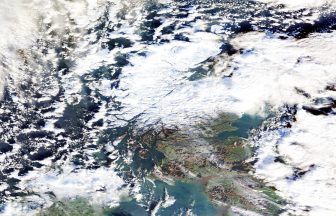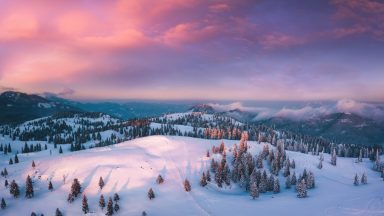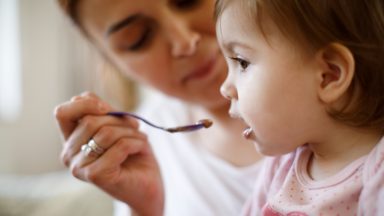NatureScot’s Isle of May and Noss National Nature Reserves (NNRs) have been closed to visitors from July 1 after bird flu deaths.
Avian flu has been confirmed in gannets at Noss, and confirmation of the flu’s presence on the Isle of May came with the death of two kittiwakes on Thursday, June 30.
The current H5N1 strain of avian flu is widespread across Scotland, with positive cases recorded in Shetland, Orkney, St Kilda, Lewis and St Abbs. Large numbers of dead and sick seabirds have also been reported from Aberdeenshire, East Lothian and the west coast of Sutherland.
Great skua and gannets have been hardest hit. Sample surveys of colonies show a 64% decline of great skua on St Kilda and 85% at Rousay in Orkney. Great black-backed gull, Arctic tern, common guillemot and puffin have also tested positive.
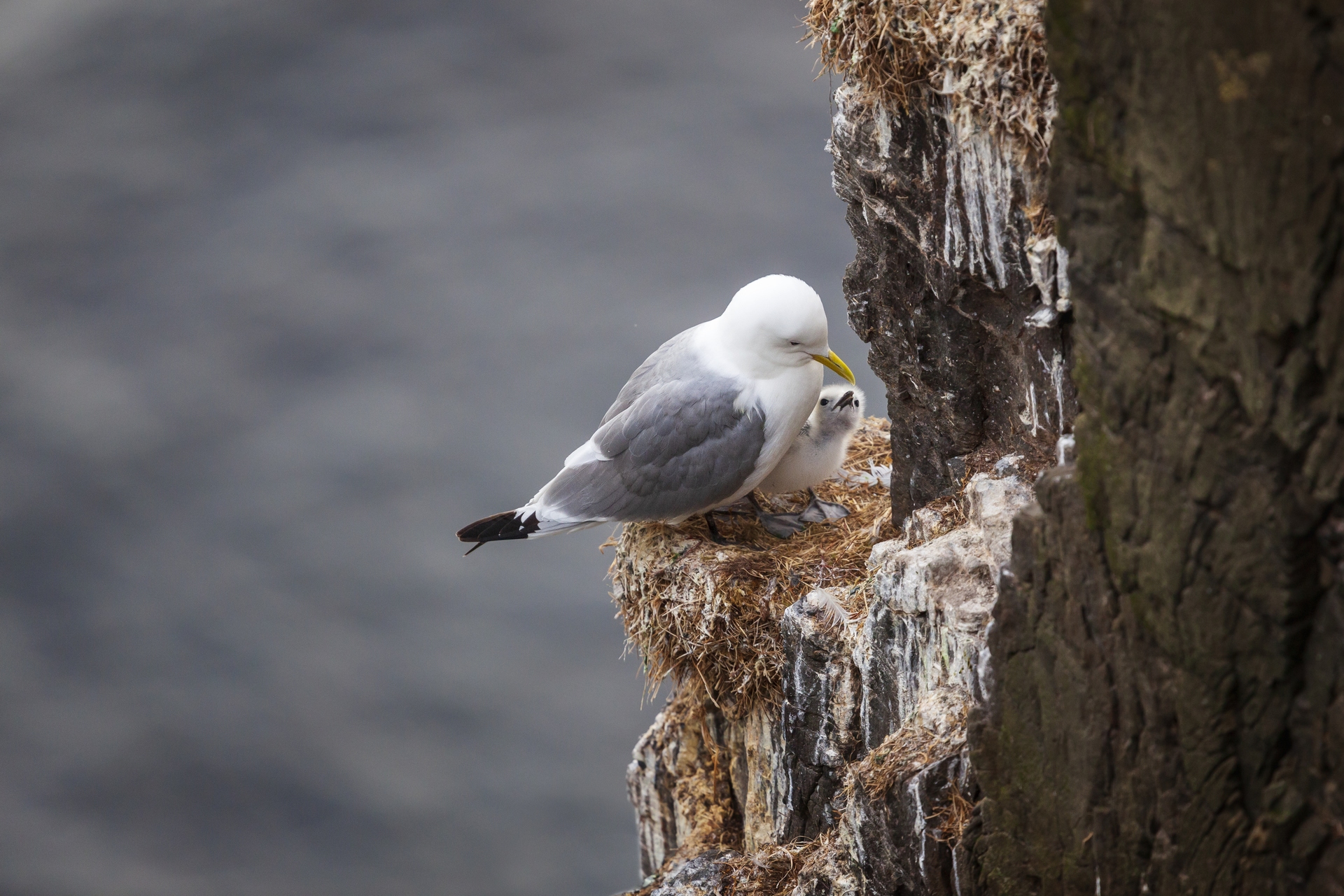 iStock
iStockIn a blogpost, the Isle of May National Reserve said: “The sad news is not something unexpected as the death toll starts to mount, as we realise we do have it in our colonies and now we can only hope it does not cause great damage.
“Over the last twenty years, the British Isles has seen a 44% reduction in the population of kittiwakes (a huge concern for conservationists) and this has been mirrored on colonies like the Isle of May. So this latest issue is something our birds could do without. Our concerns continue to increase.”
NatureScot said that the decision to restrict access has been taken to limit the spread of the virus through bird populations and give colonies the best possible chance of survival and recovery by reducing any additional stress.
Eileen Stuart, NatureScot’s deputy director of nature and climate change, said: “Our island reserves in particular are a haven for internationally important bird populations.
“The situation has been rapidly evolving and deteriorating, and we feel at this time that restricting access to these sites, and reducing it at others, is a precautionary but proportionate approach that gives us the best chance of reducing the spread of the virus and its impact.”
The agency has already suspended ringing and research activities in seabird colonies for the remainder of the breeding season, with the exception of essential surveillance of avian flu.
Ms Stuart added: “We recognise that this will be disappointing for those planning a visit but we hope people understand that this is about protecting our precious seabird populations for the future.
“Visitors will still be able to enjoy the summer seabird spectacle at both island reserves by taking round-island trips without coming ashore, and at other reserves by viewing from a short distance without crossing through colony areas. We will be keeping the situation under regular review over the coming weeks.”
The current situation follows a large outbreak in Svalbard barnacle geese last winter where H5N1 is estimated to have killed between 30% to 40% of the wintering population.
Avian flu has been found across species with positive reports from pink-footed geese, buzzards, mute swans, a red kite and a sea eagle for example. It is among breeding seabird colonies where the most significant and “worrying” mass mortality events are occurring.
Follow STV News on WhatsApp
Scan the QR code on your mobile device for all the latest news from around the country


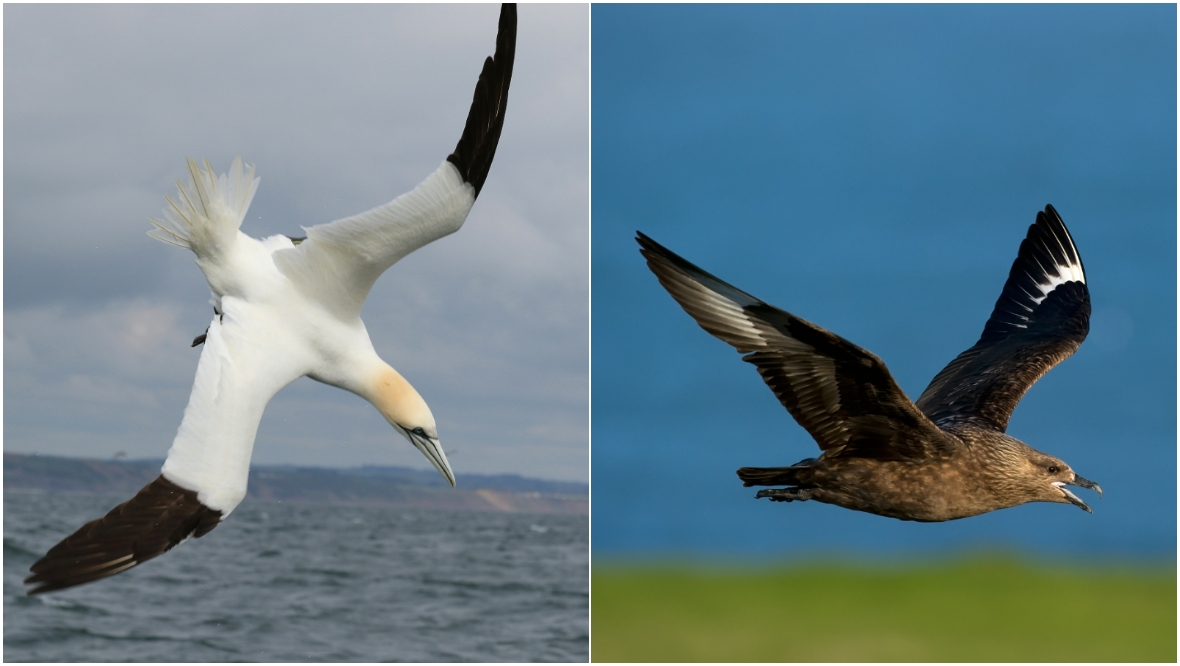 iStock
iStock
















